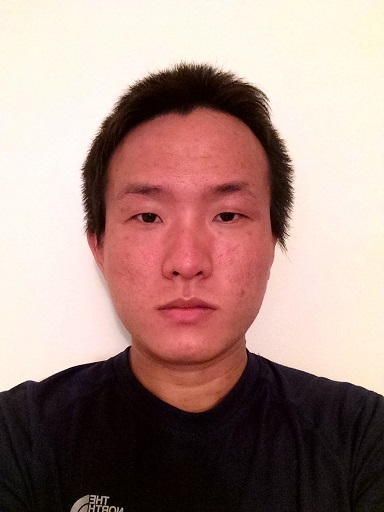Program Information
In Vivo Cherenkov Video Imaging to Verify Whole Breast Irradiation Treatment
R Zhang1*, L Jarvis2 , D Gladstone3 , J Andreozzi4 , W Hitchcock5 , A Glaser6 , B Pogue7 , (1) Dartmouth College, Hanover, NH - New Hampshire, (2) Dartmouth-Hitchcock Medical Center, City Of Lebanon, New Hampshire, (3) Dartmouth-Hitchcock Medical Center, Hanover, City of Lebanon, (4) Dartmouth College, Hanover, NH, (5) Dartmouth College, Hanover, NH, (6) Dartmouth College, Hanover, NH - New Hampshire, (7) Dartmouth College, Hanover, NH
Presentations
MO-A-BRD-6 Monday 7:30AM - 9:30AM Room: Ballroom DPurpose: To show in vivo video imaging of Cherenkov emission (Cherenkoscopy) can be acquired in the clinical treatment room without affecting the normal process of external beam radiation therapy (EBRT). Applications of Cherenkoscopy, such as patient positioning, movement tracking, treatment monitoring and superficial dose estimation, were examined.
Methods: In a phase 1 clinical trial, including 12 patients undergoing post-lumpectomy whole breast irradiation, Cherenkov emission was imaged with a time-gated ICCD camera synchronized to the radiation pulses, during 10 fractions of the treatment. Images from different treatment days were compared by calculating the 2-D correlations corresponding to the averaged image. An edge detection algorithm was utilized to highlight biological features, such as the blood vessels. Superficial dose deposited at the sampling depth were derived from the Eclipse treatment planning system (TPS) and compared with the Cherenkov images. Skin reactions were graded weekly according to the Common Toxicity Criteria and digital photographs were obtained for comparison.
Results: Real time (fps = 4.8) imaging of Cherenkov emission was feasible and feasibility tests indicated that it could be improved to video rate (fps = 30) with system improvements. Dynamic field changes due to fast MLC motion were imaged in real time. The average 2-D correlation was about 0.99, suggesting the stability of this imaging technique and repeatability of patient positioning was outstanding. Edge enhanced images of blood vessels were observed, and could serve as unique biological markers for patient positioning and movement tracking (breathing). Small discrepancies exists between the Cherenkov images and the superficial dose predicted from the TPS but the former agreed better with actual skin reactions than did the latter.
Conclusion: Real time Cherenkoscopy imaging during EBRT is a novel imaging tool that could be utilized for patient positioning, movement tracking, treatment monitoring, superficial dose and skin reaction estimation and prediction.
Contact Email:


